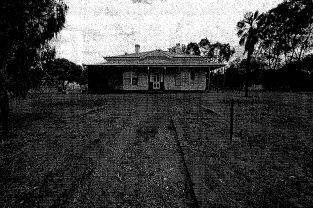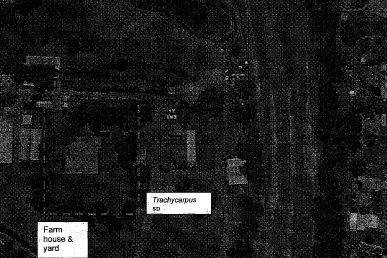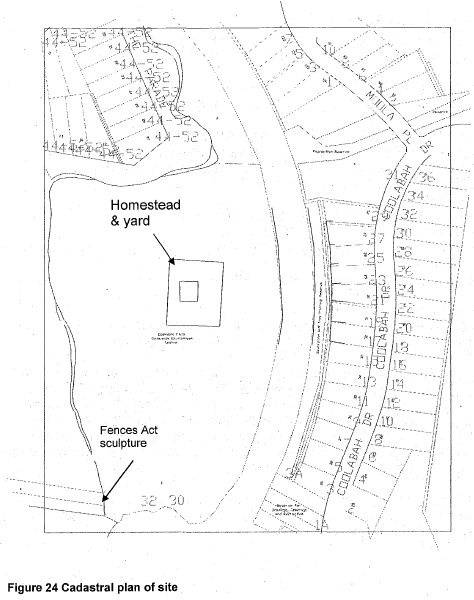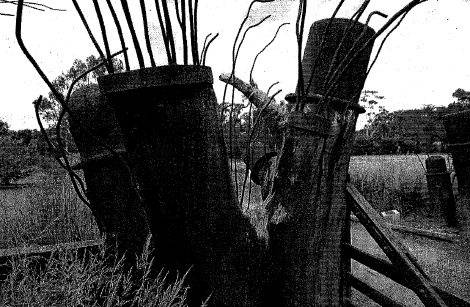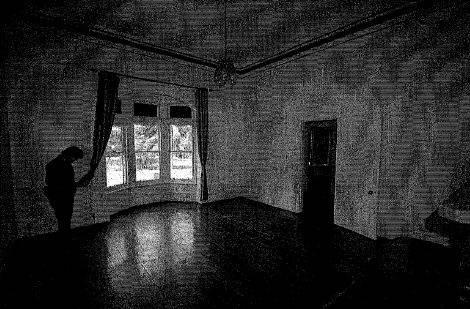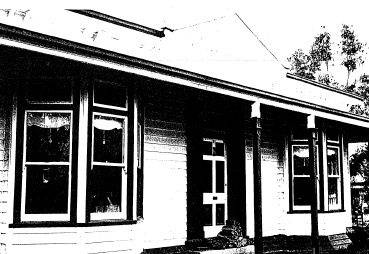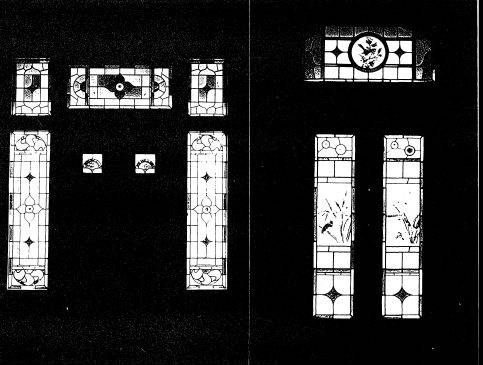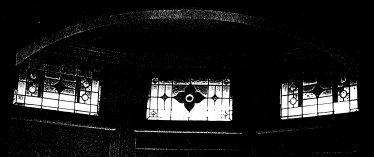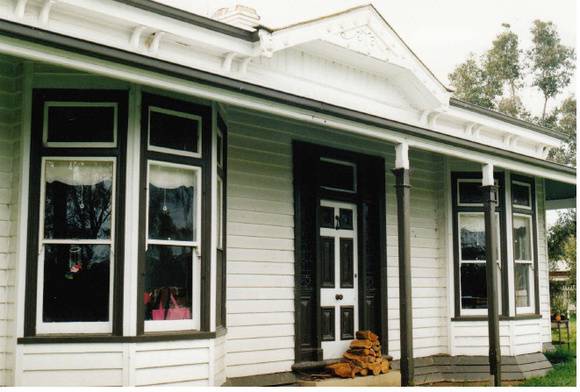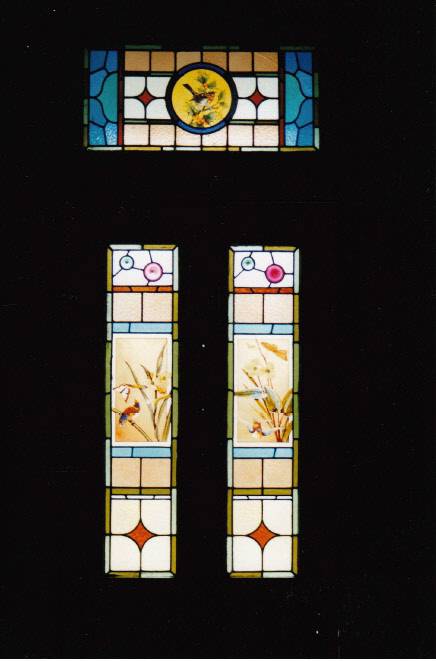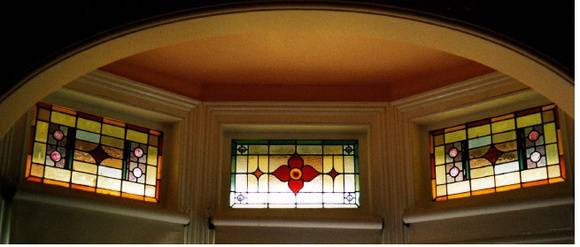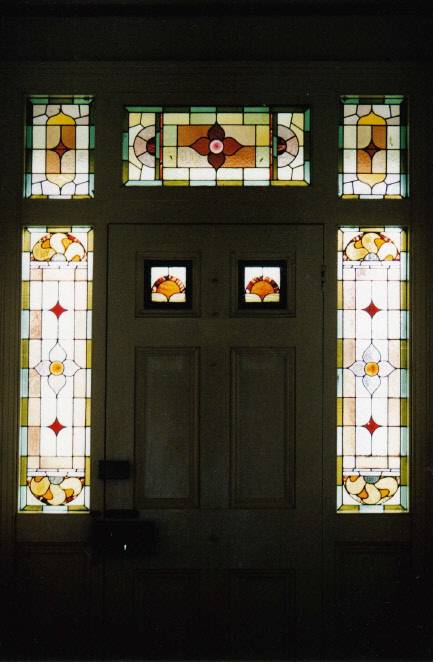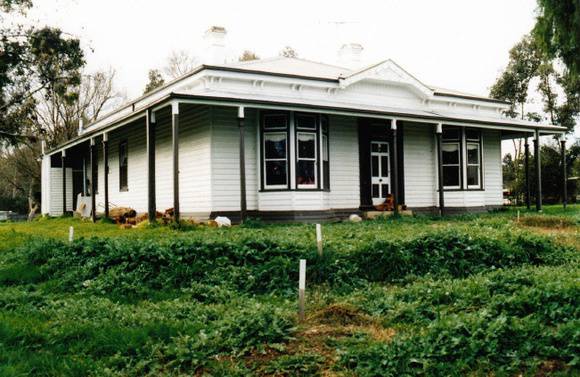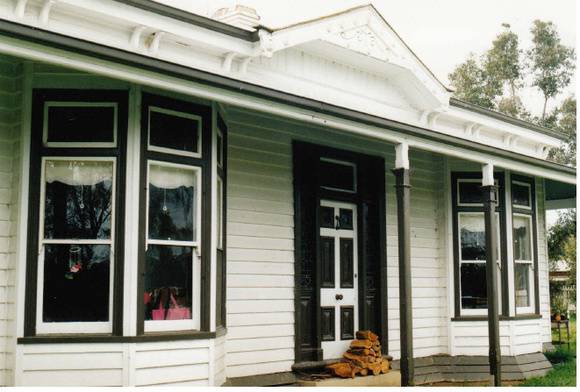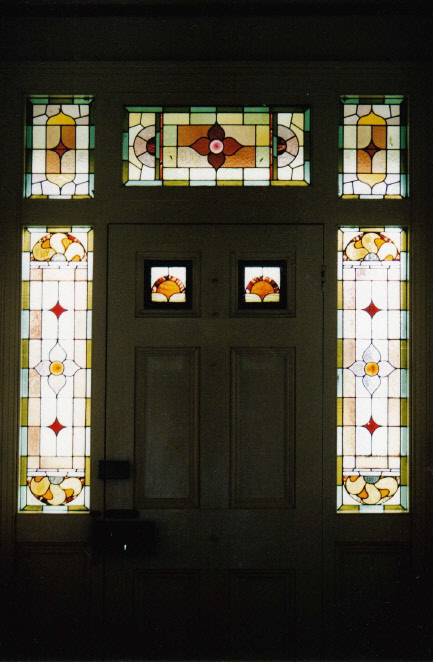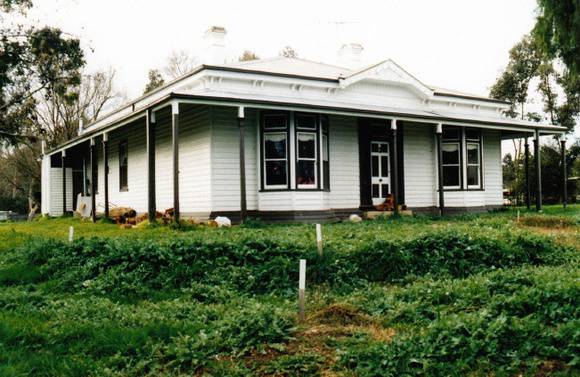| Back to search results » | Back to search page » |
|
Edendale Farm & The Fences Act 1968 sculpture, 30-32 Gastons Road, Eltham
Statement of Significance
Revised statement of significance, EDENDALE CONSERVATION MANAGEMENT PLAN -OCTOBER 2007 What is significant? The site of today's Edendale Farm was once part of a larger 51 acre portion of land purchased from the Crown in 1852 by one of Eltham's first farmers, pioneer Henry Stooke. Thomas Cool, the manager of Melbourne's reputable Victoria Coffee Palace, acquired 7 acres of Stooke's property, and built the Edendale Homestead in 1896 as a country retreat rather than as a productive farm, a rare occurrence in an area otherwise dominated by farmers of modest means. The Homestead itself, while of a design that was standard for metropolitan houses, was an anomaly given its remoteness from the city, its considerable size, and the care and detailing evident in its construction. The Homestead, surrounded by a fenced garden area, once surveyed a larger property comprising paddocks and open fields. While Cool made additional land purchases, his estate was sold in 1922 to farmer John William Cox, who introduced animal husbandry and farming practices to the property. The Gastons, the subsequent owners from 1933, maintained the property virtually unchanged, introducing only some exotic plantings, within and without the garden. The purchase of the property by the Shire, which led to its use as a Pound and more recently as a community-based environmental education centre, has introduced a number of new structures of no significance to the site. How is it significant? Edendale is of local historic, aesthetic, and social significance, and has heritage value for its rarity and representativeness within the Nillumbik Shire. Why is it significant? Historically, Edendale Farm is significant as one of the few remaining properties of a small number of country retreats established in the late nineteenth century by 'gentleman farmers'. The Homestead building itself is significant as a rare, well-preserved and highly intact example of a large, late-nineteenth century timber weatherboard farm house in the Nillumbik Shire. Aesthetically, Edendale Farm is significant as a rare example of a fairly intact pastoral landscape within a suburban context. The character of the study area is defined by its cleared rural landscape within a historic bushland setting beyond the study area boundary. The clearly defined 'edge' between the study area and surrounding bushland, while slightly diminished by gradual accretions of introduced native vegetation, forms an important part of this character, and screens the property from neighbouring development, allowing its rural character to be retained. The open paddocks to the south and southwest of the property, and the isolation of the Homestead and its fenced garden within the farm setting is unique in the Shire. The few mature cultural plantings remaining in study area provide important evidence of earlier plantings and are typically characteristic of a garden setting for a Victorian residence and rural properties of this period. The layout of study area has significance under many categories, as it is a key component of the design, function, and aesthetics of the place. The prominent siting of the Homestead and its garden, and the setback of buildings from them, has allowed the Homestead to retain its original aspect as an individual, discrete element. Its dominant location on the crest of the hill, and its distinct architectural character relative to other buildings on the site, continues to emphasise that the Homestead is the key element of the study area, and upon which the rationale for the entire study area rests. The Homestead building has aesthetic significance as a well designed and detailed timber weatherboard residence of the late Victorian period. Notable external features include a characteristic hipped roof with corbelled brick chimneys; wide verandah shelter (verandah removed); a domed brick wellcover at rear; prominent bay windows to the front; and a slightly unusual projecting side entry bay to the east. Internally, the Homestead features, in virtually all rooms, original ceilings and roses; original fittings and hardware; original fireplaces; hand-painted and lead light windows; original joinery; and detailed plasterwork decorations and cornices. Edendale Farm has associative significance as the former residence of Thomas Cool, the manager of the Victorian Coffee Palace, one of Melbourne's most prominent social venues in the late nineteenth century. It also has strong associations with the Gaston family, one of the Eltham's longest resident families, who continue to live in the area.
(Former) 2005 SIGNIFICANCE ASSESSMENT What is significant? Fabric (farm) & trees associated with: - the Victorian-era - Thomas Cool tenure Fabric of sculpture & environs, including land within 5m of its perimeter, plus fabric associated with: - 1990s. How is it significant? The Shire of Eltham Heritage Study 1992 Statement Of Significance: Basis Of Significance: Rarity History Architecture Illustration Of The Theme 'Edendale is a standard design late 19th century timber residence that is common in many parts of Melbourne, but very rare in the Shire of Eltham, where the local economy and remoteness of the district did not allow the construction of such buildings. Significantly the first owner worked in Melbourne as the Club Manager of the Victoria Coffee Palace, rather than farming the property. His Eltham house reflects the Shire of Nillumbik Planning Scheme Amendment C13 Heritage Assessments better-off living at a rural property on the outskirts of Melbourne, rather than those who earned their living in the local economy. ' Edendale farm house trees are significant to the Shire, historically and aesthetically. The Trembath sculpture is significant to the Shire, socially and aesthetically: Why is it significant? Edendale farm house, trees Edendale farm house, trees are significant: - for the rarity of a farm house of this age and size in the Shire, although a standard late 19th century design for many parts of inner Melbourne (Criterion 82); - for the relatively well preserved exterior and elements of the interior, including leadlight toplights in the windows, plaster cornices, and mantelpieces (Criterion 02); - for the farm's association with Cool, who was the manager of the Victoria Coffee Palace, an establishment that then rivalled The Grand (now the Windsor) as a major Melbourne coffee palace (Criterion H1), - for the farm's evocation of the small group of absentee gentleman farmers in the Shire, in contrast to the far more numerous and more modest farm houses of those who earned their living in the local rural economy (Criterion A4); - for the contributory (pepper and fruit trees) and individual merit (fan palms) of the mature exotic trees surviving around the house, as an expression of the desire to present an ornamental planting style in the house yard in contrast to the more utilitarian pasture landscape (Criterion A4); Fences Act 1968 The Trembath sculpture is significant: - for the aesthetic excellence of the Trembath sculpture (Criterion E1), - its use of found objects and natural tree forms as a means of expressing past farming practice in the bush environment, and its particular relevance to pioneering farming in the State, and Edendale farm (Criterion E1); - the extensive community involvement in its creation (Criterion G1) as one of the few permanent installations in the State and by this artist (Criterion B2), - for the recognition of its expression of aesthetic skill by an expert community group, being the Public Art classification committee of the National Trust of Australia (Vic) (Criterion G1)
Group
Farming and Grazing
Category
Farm


